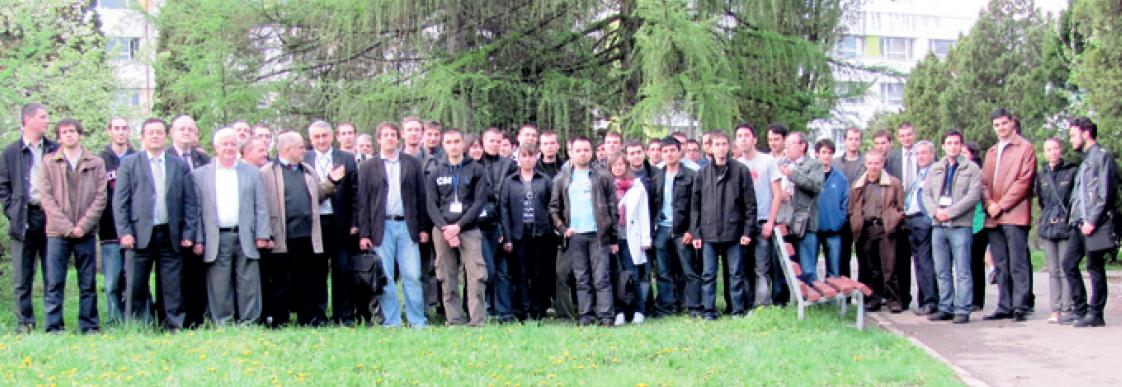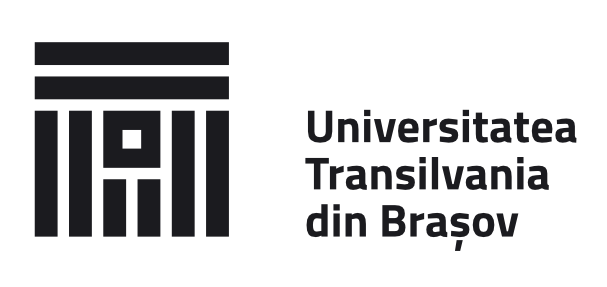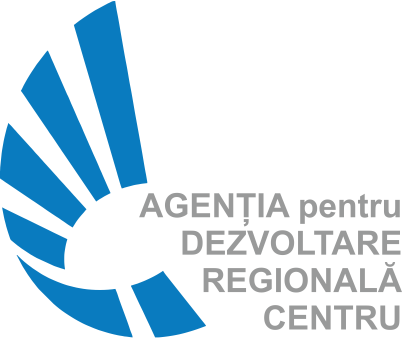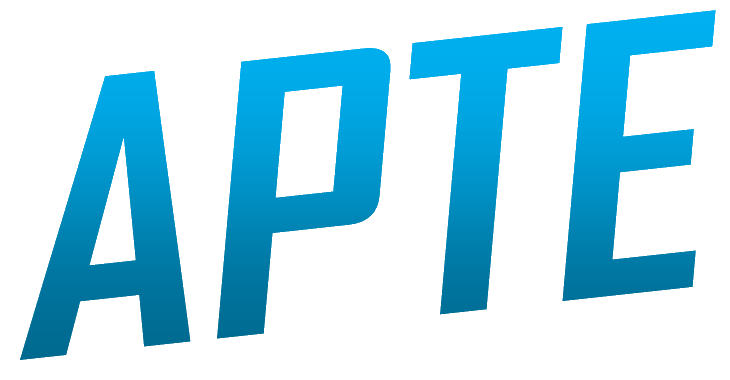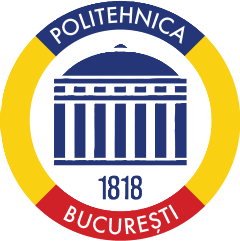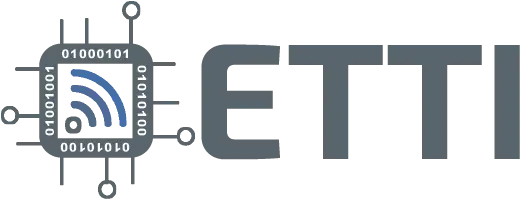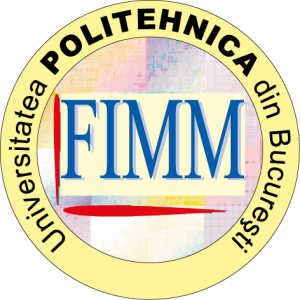(submitted by Andreea Bonea, Press Officer of IEEE CPMT Student Branch Chapter of the Politehnica University of Bucharest, Romania andreea.bonea@cetti.ro)
CPMT Society’s Newsletter (page 7)
The increasingly popular students’ contest: Interconnection Techniques in Electronics (TIE-www.tie.ro) took place in April, between 14th and 17th. The beautiful town of Cluj- Napoca, Romania, was home of the 19th edition. The IEEE-CPMT Student Branch Chapter of the “Politehnica” University of Bucharest, Romania (Advisor Professor Paul Svasta) is involved together with the IEEE-CPMT Hu&Ro Joint Chapter in organizing this event and takes full credit for training the participants. In fact the Chapter promotes in our region many activities according with IEEE CPMT Society goal. Together with TIE event, another long tradition event is the SIITME Conference (www.siitme.ro), conference which will take place in fall’s time.
The TIE Event is a major project our Chapter holds on annual basis and has become tradition for the technical academic environment in the area. For several years, it has promoted CAD design for Electronic Packaging with member universities of EPETRUN (Electronic Packaging Education Training University and Research Network).
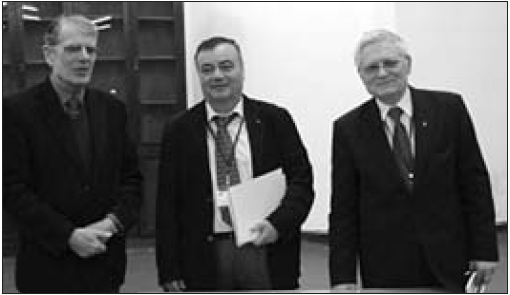
(left to right) Prof. Zsolt Illyefalvi-Vitez, IEEE-CPMT Hu&Ro Joint Chapter, Vice-chair, Budapest University of Technology and Economics, Hungary, Prof. Dan Pitica, IEEE-CPMT Hu&Ro Joint Chapter Chair, Technical University of Cluj-Napoca, Romania and Prof Paul Svasta, “Politehnica” University of Bucharest, Romania. |
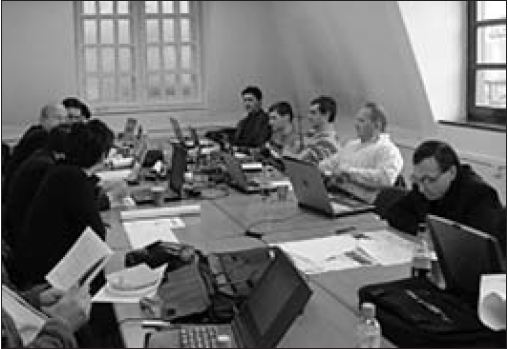
Brainstorming session of the technical committee for creating the proposed subject for the 19th edition. |
The aim of this competition is to accustom students with the real requirements of the industrial and business environment. The selection of the participants takes place in stages, having both an initial local and a final stage. The best three participants from each university center are selected at the local stage and they will meet with other future engineers at the final stage.
The topics of the contest cover all fields of PCB CAD from parts and footprint creation, to designing schematic projects and developing optimal layouts according to various industrial restrictions (with special placement, routing and finishing issues), ending with post-processing output files. The Technical Committee (Director Dr. Norocel Codreanu) develops the up-to-date topics and assures also, with the help of Organizing Committee, that the contest takes place in a fair-play climate. Great care is given to creating a genuine climate of collegiality and respect between the competitors and also a transparent competition, which would leave no doubt regarding the correctness.
The contest in the final stage is a 4 hours challenge with requirements similar to the ones in industrial projects under time pressure.
The Industrial Advisory Committee not only evaluates the correspondence of the requirements with the demands of the business environment, but also gives valuable feedback as it sets the line, at the end of the evaluation process, above which are located the people with real skills of professionals in the field of printed wiring design, who are recommended as PCB designer. This competition is recognized by employers as a certification of the participants’ knowledge level.
The results are evaluated by a team of professors following a clear grid of scores, which helps making the evaluation process as objective as possible. The design in Schematics and in Layout is highlighted: The proper separation of analog and digital ground layers are important issues, but attention is paid especially to the problems that could appear in the actual practical PCB design phase: the signals and high speed routes integrity for multiple layers in printed circuit boards.
Various types of CAD software can be used as long as the requirements are met. The students are not only provided with the specifications but also with datasheets for the parts that they have to create. Before the official start of the contest, the competitors have approx. 15 minutes to study carefully the design requirements and to understand the main ideas of the subjects, the inputs and the outputs. Then, during the contest time, they must take the optimal decisions in order develop and finish the electronic project (correct and functional), being finally ready for manufacturing.
The first three ranked students received a 10 months scholarship. Additionally, the winner of the TIE contest, Tudor Dung˘a, was awarded by CPMT Society with a full year IEEE CPMT Membership. CAD software providers also gave prizes for the students who had valuable results using the software they provide.
Also two winners’ cups were also awarded; the first was given to the winner to keep, while the second was given to the winner’s university. The latter cup is transmissible from one year to another, now held by a previous winner of TIE, PhD Marius Rangu, who represents the “Politehnica” University of Timisoara.
The subjects and evaluation were done in English and an important role was held by the consultants in Europe, prominent personalities in promoting education and training activities in electronic packaging, whose presence is highly motivational for the students as well as for the organizers.
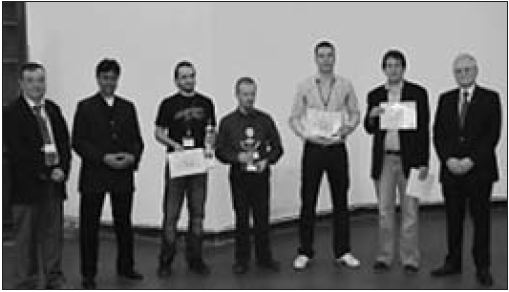
TIE Awards Session. From left to right: Prof. Dan Pitica (Steering Committee Co-chair), Prof. Nihal Sinnadurai (IEEE Distinguished Lecturer), Tudor Dunga 1st Prize Winner – “Politehnica” University of Timis¸oara, Lect. Marius Rangu, Ph.D. – Representative of the “Politehnica” University of Timis¸oara, Zamfir Pica 2nd Prize Winner – Technical University of Cluj-Napoca, Péter Gross 3rd Prize Winner University of Technology and Economics, Budapest, Prof. Paul Svasta (Chair of the TIE Steering Committee). |
During the workshop taking place before the contest Professor Nihal Sinnadurai, IEEE Fellow, IEEE Distinguished Lecturer has presented to the participants the place of IEEE in the professional world and how important it is for the young students to join the community.
The aim of the TIE event is to help in the process of training young professionals, enable them to acquire skills and competences and become familiar with the requirements of the industry during their academic training. The fact that the contest has an international prestige means that all students who reach the final stage are, in a sense, winners as they had the opportunity to become familiar with a challenging project which surely represents a good starting point for their future professional life.
Through the TIE event we aim to train well-prepared professionals who will be competitive and proficient at the standards of the international market with valuable skills and knowledge.
We wish the participants all the best until the next year edition in Bucharest, Romania 13th–16th of April!
